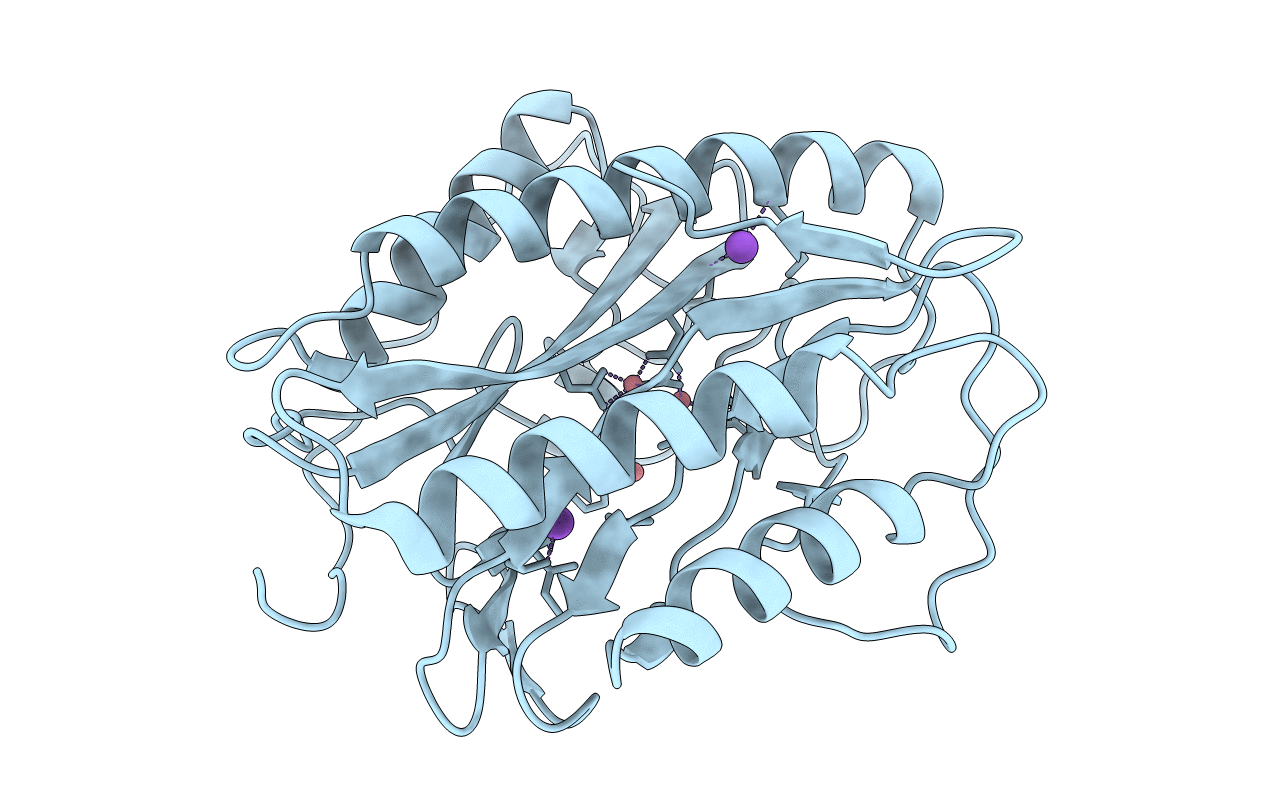
Deposition Date
2014-02-03
Release Date
2015-02-04
Last Version Date
2024-03-20
Entry Detail
Biological Source:
Source Organism:
Mycobacterium tuberculosis (Taxon ID: 1773)
Host Organism:
Method Details:
Experimental Method:
Resolution:
1.90 Å
R-Value Free:
0.23
R-Value Work:
0.17
R-Value Observed:
0.17
Space Group:
P 1 21 1


